Block C shown in figure, starts from rest and moves downward with a constant acceleration. Knowing that after 12s the velocity of block A 7.2 m/s, determine the acceleration of A, B and C and the velocity and the displacement of block B after 8s.
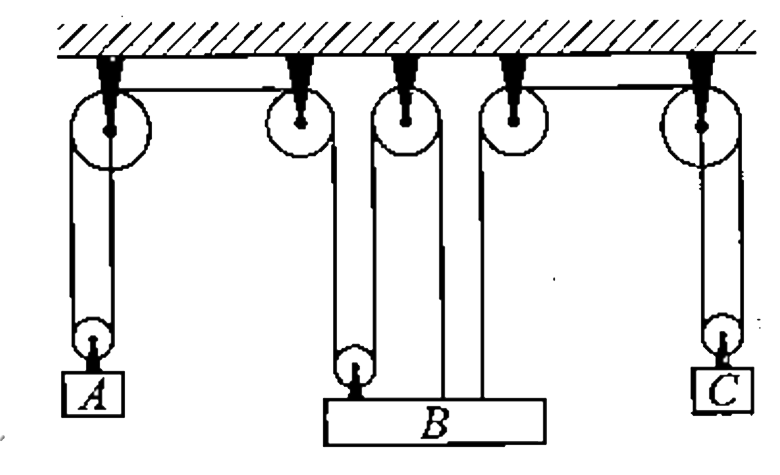
The correct Answer is:
Step by step video, text & image solution for Block C shown in figure, starts from rest and moves downward with a constant acceleration. Knowing that after 12s the velocity of block A 7.2 m/s, determine the acceleration of A, B and C and the velocity and the displacement of block B after 8s. by Physics experts to help you in doubts & scoring excellent marks in Class 11 exams.
Updated on:21/07/2023Topper's Solved these Questions
- KINEMATICSBook:PHYSICS GALAXY - ASHISH ARORAChapter:KINEMATICSExercise:Discussion Question
Explore 18 Videos
- KINEMATICSBook:PHYSICS GALAXY - ASHISH ARORAChapter:KINEMATICSExercise:Conceptual MCQs Single Option Correct
Explore 35 Videos
- KINEMATICSBook:PHYSICS GALAXY - ASHISH ARORAChapter:KINEMATICSExercise:Unsolved Numerical Pro.
Explore 83 Videos
- GRAVITATIONBook:PHYSICS GALAXY - ASHISH ARORAChapter:GRAVITATIONExercise:Unsolved Numerical
Explore 94 Videos
- LINEAR MOMENTUM & ITS CONSERVATIONBook:PHYSICS GALAXY - ASHISH ARORAChapter:LINEAR MOMENTUM & ITS CONSERVATIONExercise:exercise 1.3
Explore 3 Videos
Similar Questions
In figure block A starts from rest and moves upward with a constant acceleration. After 8 s the relative velocity of block B with respect to A is 0.6 m/s. Find the accelerations of blocks A and B. Also find the velocity of block B after 6 s.
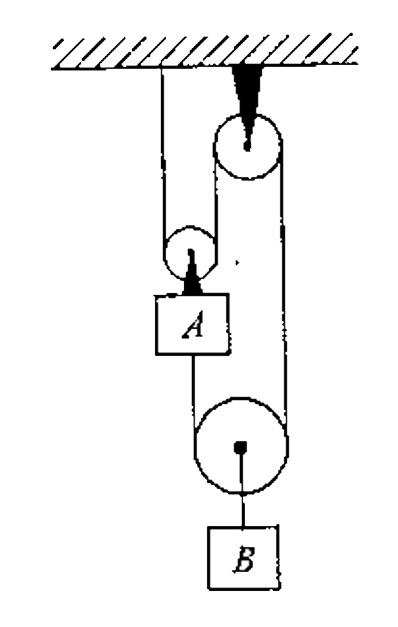
View SolutionThe system shown in figure starts from rest, and each block moves with a constant acceleration. If the relative acceleration of block C with respect to block B is 6m/s2 upward and the relative acceleration of block D with respect to block C after 3s from starts.

View Solution
Knowledge Check
A particle starts from rest and moves with constant acceleration. Then velocity displacement curve is:
A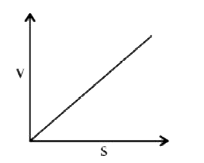 B
B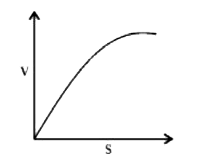 C
C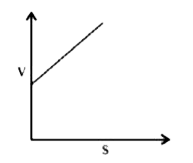 D
D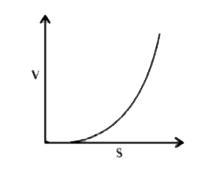
Knowing that block B starts to move downward with a constant velocity of 18cm/sec, the velocity of block A will be:
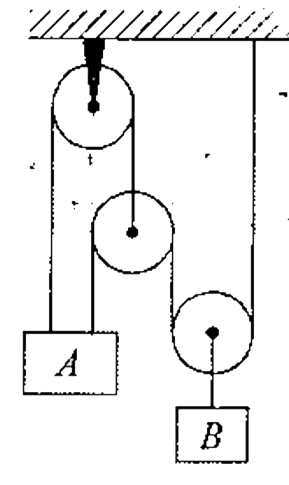 A27 cm/sB12 cm/sC36 cm/sD9 cm/s
A27 cm/sB12 cm/sC36 cm/sD9 cm/sIn the arrangement shown, velocity of block A is 10 m/s at a moment. Then the velocity of block B at this instant is :
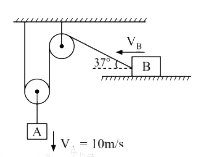 A10 m/sB20 m/sC16 m/sD25 m/s
A10 m/sB20 m/sC16 m/sD25 m/s
Figure shows three blocks A, B and C connected by a cable and system of pulleys. The blocks is pulled downward with a constant velocity of 7.5cm/s. At t = 0 , block, A starts moving downward from rest with a constant acceleration. It is given that the velocity of block A after travelling 20 cm is 30cm/s, find the change in position, velocity and the acceleration of block C at this instant.

View SolutionAt t = 0, block B in figure starts moving with a velocity 15 cm/s and with a constant acceleration. It is observed that after blocks travels 24 cm to the right its velocity is 6cm/s. Find:
(a) The accelerations of A and B,
(b) The acceleration of point M of the string.
View SolutionFind the acceleration of movable pulled P and block B if acceleration of block A=1m/s2⏐↓.
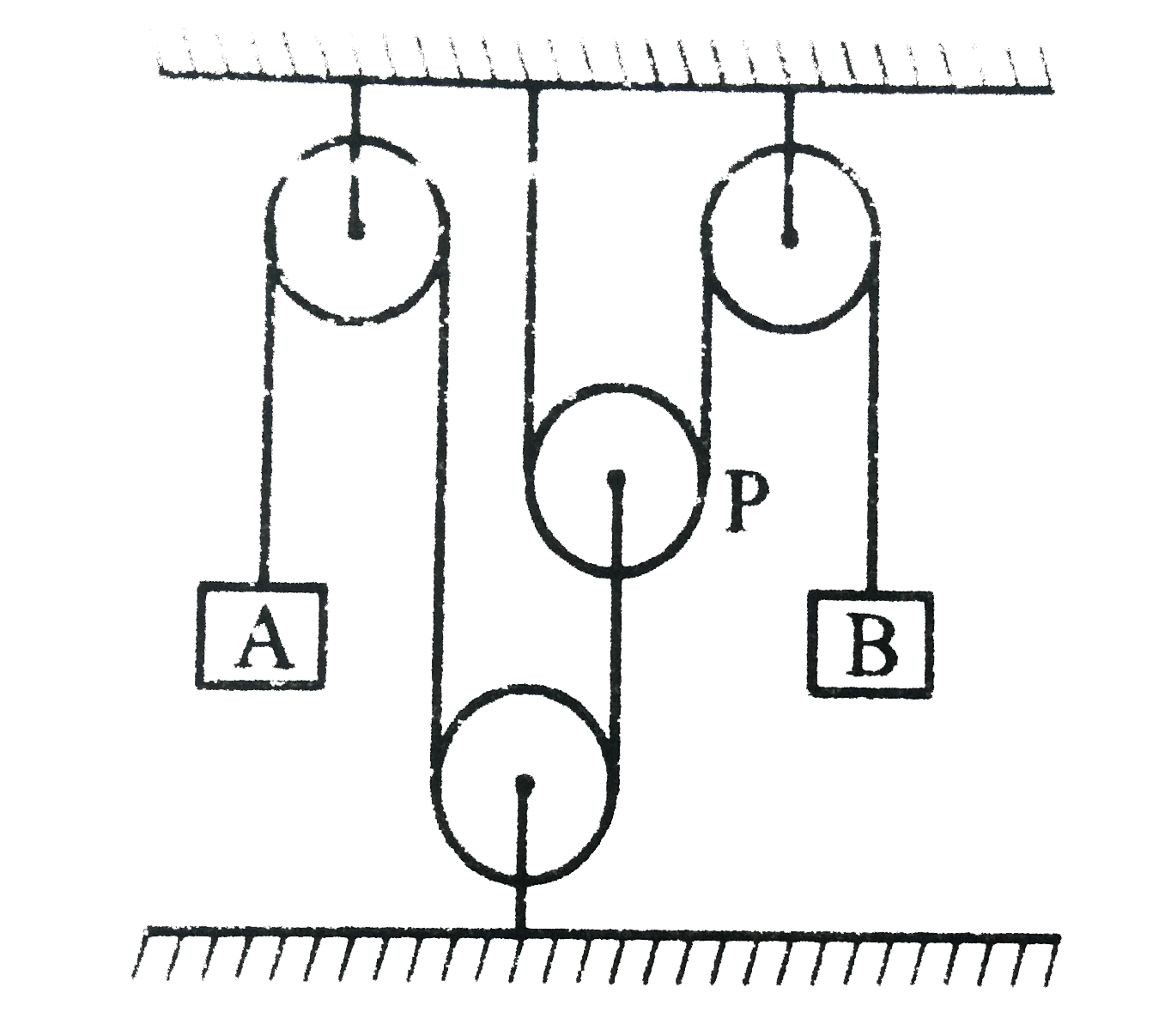
View SolutionA particle starts from rest and moves with a constant acceleration of 4m/s2 for 10s, then it moves under constant seceleration and stops in 20s. Find (a) the maximum velocity attained by the particle (b) the total distance traveled and (c ) the distance/distances from the origin, when the particle is moving at half the maximum velocity.
View SolutionBlock B shown in figure , moves downwards with a constant velocity of 20cm/s. At t = 0, block A is moving upward with a constant acceleration, and its velocity is 3cm/s. If at t=3s blocks C has moved 27 cm to the right, determine the velocity of block C at t = 0 and the acceleration of A and C.
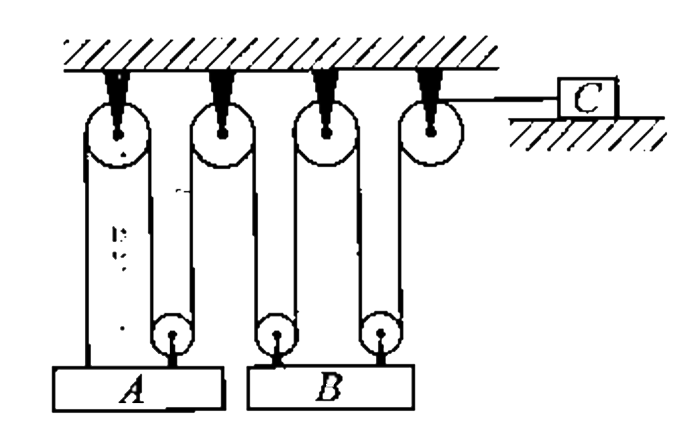
View Solution

